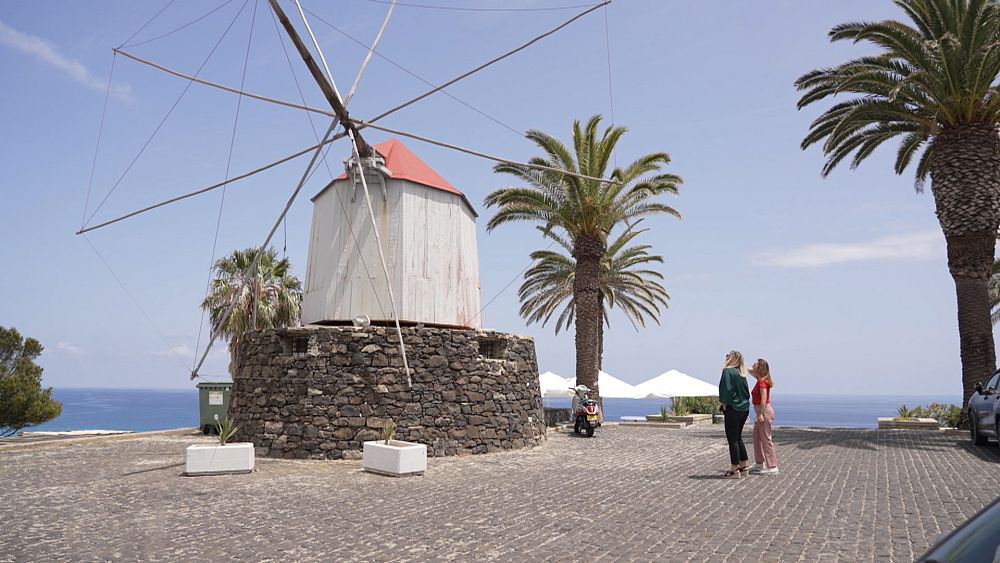
In this episode of Smart Regions, discover the European project to restore the island of Porto Santo, which is reviving its cultural heritage by rehabilitating its windmills and public fountains. A reconnection with the past for a unique tourist experience.
A European project brings the “Golden Island” back to life
Porto Santo, nicknamed the “Golden Island”, is now seeing its treasures of yesteryear revived thanks to an ambitious European project. Its windmills and old public fountains, emblematic symbols of its cultural identity, have been neglected for too long. Now, however, these traditional architectural features are being restored to offer locals and visitors alike a glimpse into the island’s past.
Porto Santo was the temporary home of the famous navigator Christopher Columbus. Throughout its history, the Portuguese island played a key role as Madeira’s granary, which led to the construction of its famous windmills in the 19th century. Today, these restored mills allow visitors to step back in time and relive the era when grain was ground to meet the region’s food needs.
The fountains: the island’s hidden treasures
The restoration project is not limited to the windmills. The municipality of Porto Santo has also taken the initiative to restore more than a dozen public fountains, water basins and drinking troughs. These water sources, which were once vital to the local population, are now back in use, offering residents and visitors the chance to reclaim their cultural heritage. Schoolchildren who came to discover the island were able to learn about the history of the fountains and mills and their importance to the local population.
The visiting pupils were amazed to learn how mills were used to grind cereals and how fountains were designed to solve water supply problems. This transmission of knowledge revives the collective memory and strengthens the link between current generations and Porto Santo’s rich past.
An ambitious European project
The total cost of the project is more than €340,840. The European Union provided a major contribution of 85%, demonstrating its commitment to preserving Europe’s cultural heritage. The municipality of Porto Santo funded the remaining 15%, also underlining its dedication to this conservation and enhancement project.
Thanks to this project, Porto Santo can look forward to a prosperous future in which its cultural heritage plays a central role in the island’s tourism development. With the ongoing restoration of three additional mills, fourteen public fountains and a training and exhibition centre, the island is strengthening its identity and offering visitors a unique and enriching experience.
The dismantled mills have been entrusted to talented Madeiran craftsmen who are endeavouring to rebuild them faithfully in accordance with tradition. Thanks to meticulous conservation measures and the use of autoclave-treated pine wood, these restored mills should endure for many decades, perpetuating their history for future generations.
The restoration project in Porto Santo is much more than a simple architectural renovation; it is a journey back in time, a reconnection with the island’s roots and a commitment to the conservation of Europe’s cultural heritage.










